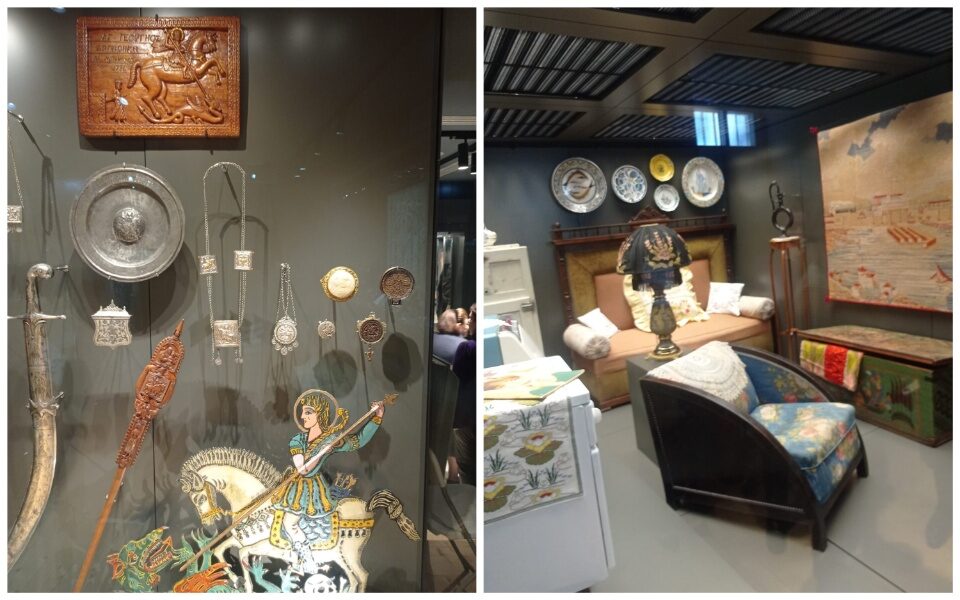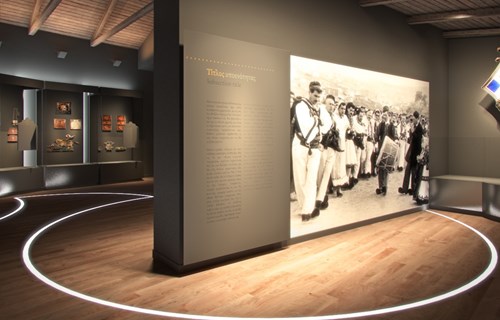
The new Museum of Modern Greek Culture, which is expected to open its doors to the public by the end of the year is located in the historic Athens district of Plaka.
The new institution takes up the block flanked by Areos, Adrianou, Vrysakiou and Kladou streets, and comprises 18 buildings that represent the last vestiges of a small neighborhood east of the Stoa of Attalos.
They include a two-story Ottoman residence, the townhouse where Britain’s Lord Elgin is rumored to have kept and packed the Parthenon Sculptures before shipping them off to London, a chapel where folk writer Alexandros Papadiamantis once chanted, and other important buildings.
The buildings will be used to showcase everyday objects, crafts and art stretching from the mid-18th century all the way to the 1970s that illustrate the evolution of Greek society after the country’s independence from Ottoman rule.
.
“The revamp of the Museum of Modern Greek Culture embodies a modern scientific and aesthetic approach revitalizing the historic neighborhood of Plaka in Athens,” Culture Minister Lina Mendoni said on Monday as she inspected the final arrangements at the new Museum.
“The Museum will become a multi-purpose venue for highlighting and promoting the tangible and intangible cultural history and heritage of modern Greece,” she added.

Long history of the Museum of Modern Greek Culture
The Museum of Modern Greek Culture has a long history. It was founded as The Museum of Greek Folk Art in 1918 by the poet Georgios Drosinis, the archaeologist G. Kourouniotis and a group of Athenian intellectuals under the name “Museum of Greek Handicrafts”
In 1923 its name was changed to “National Museum of Decorative Arts”. It was given its present name in 1959. Until 1973 the Museum was housed in the Tzistaraki Mosque in Monastiraki Square.
Permanent exhibition and main functions were then transferred to the building at Kydathinaion 17 in Plaka.
Revamp of the Archaeological Museum of Athens
Earlier this year Greece announced plans for the revamp of the Archaeological Museum of Athens which will create a landmark for the capital.
In an event held at the museum PM Kyriakos Mitsotakis said that the expansion would create “more space to show the magnificent exhibits of one of the greatest collections globally.”
Currently, he said, “we are showing less than 10% of what we have in storage,” while he also cited disappointing numbers of visitors that barely exceed 500,000 a year for a national museum with such a wealth of artifacts.
The government’s intention is to use private donations, and national and EU funding to build the museum.
Culture & Sports Minister Lina Mendoni said the National Archaeological Museum’s expansion will revive the area around it and promote the national character of the museum.
The plans include a second building connected to the current one without overshadowing it, gardens, and a green square.